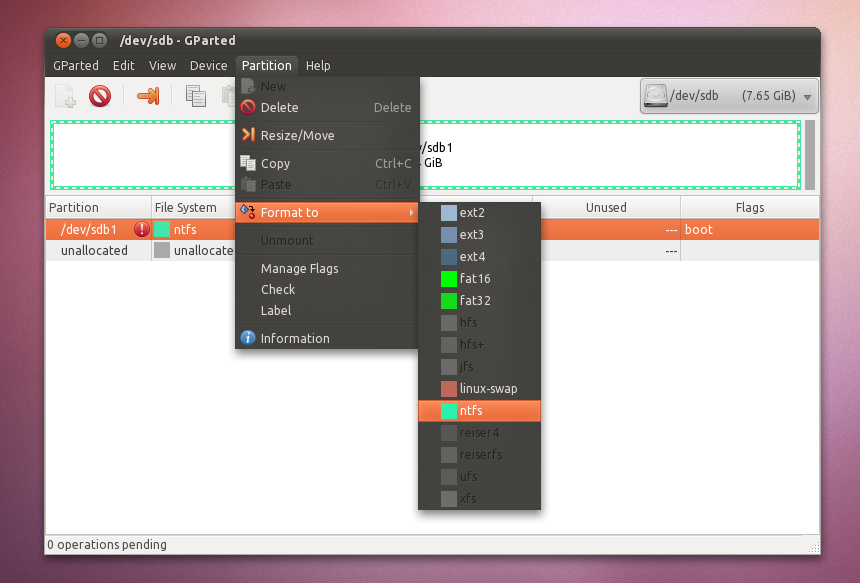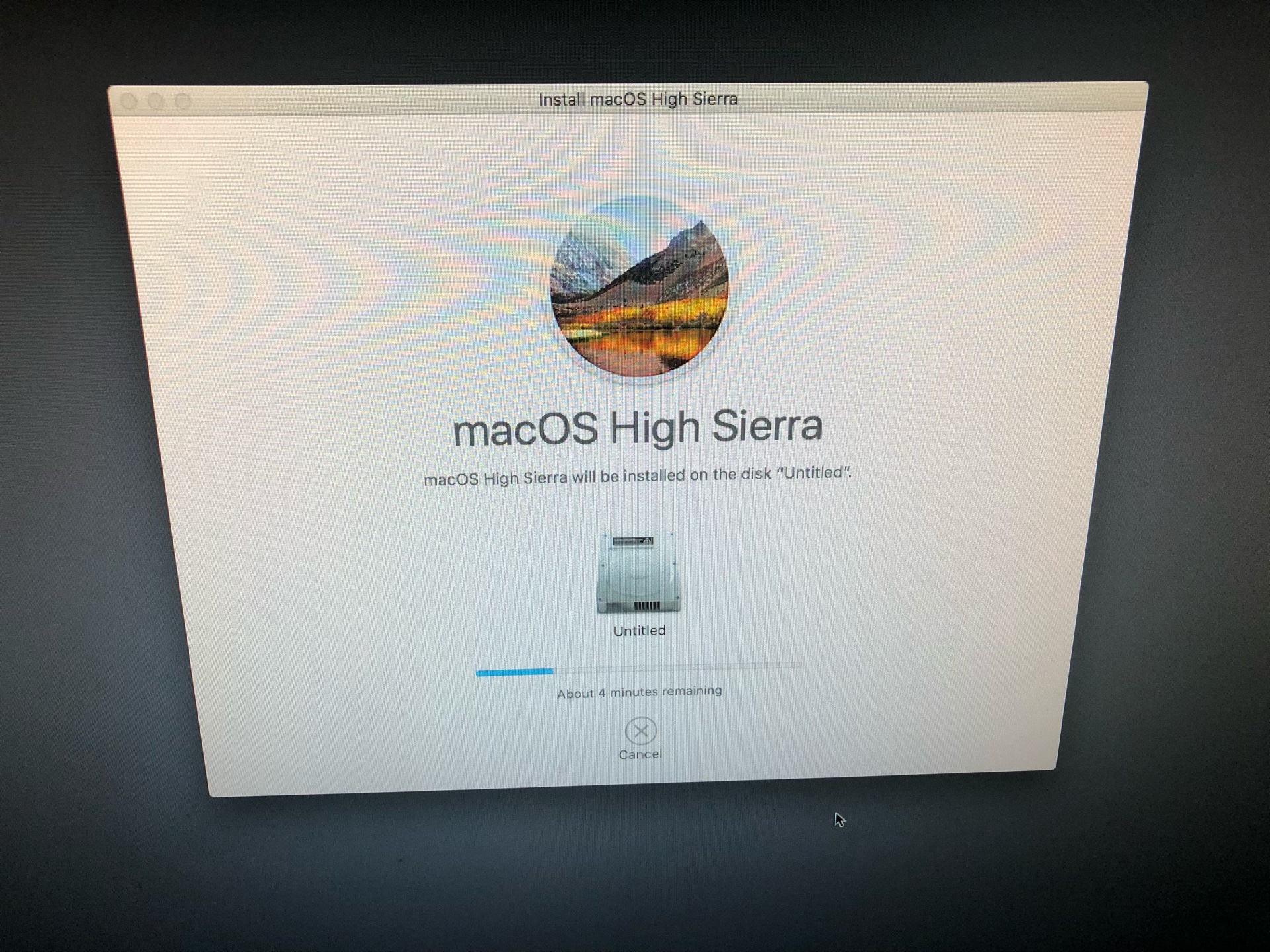

- Setting up a boot able usb drive on mac for centos7 how to#
- Setting up a boot able usb drive on mac for centos7 mac os x#
- Setting up a boot able usb drive on mac for centos7 install#
- Setting up a boot able usb drive on mac for centos7 upgrade#

Provide a downloaded IMG file and the tool will write it directly to your drive, erasing its current contents. Use Win32 Disk Imager to write an IMG file to a USB drive or SD card. An IMG file is a raw disk image that needs to be written directly to a USB drive. Some operating system projects provide an IMG file instead of an ISO file. For example, Ubuntu includes a Startup Disk Creator tool for creating bootable Ubuntu USB drives. You can see a full step-by-step guide here. Run the tool, select your desired distribution, browse to your downloaded ISO file, and choose the USB drive you want to use. There are many tools that can do this job for you, but we recommend a free program called Rufus-it’s faster and more reliable than many of the other tools you’ll see recommended, including UNetbootin.ĭownload the Linux distribution you want to use in.
Setting up a boot able usb drive on mac for centos7 how to#
RELATED: How to Create a Bootable Linux USB Flash Drive, the Easy Way
Setting up a boot able usb drive on mac for centos7 install#
RELATED: How to do a Clean Install of Windows 10 the Easy WayĪlternatively, if you’re installing Windows 10, you can download an ISO or burn Windows 10 installation media directly using Microsoft’s Media Creation Tool. Provide the ISO file and a USB flash drive and the tool will create a bootable drive. If you don’t have one, you can download Windows 10, 8, or 7 installation media for free - you’ll need a legitimate product key to use them, though. You’ll need a Windows installer ISO file to run this tool. Use Microsoft’s own Windows USB/DVD download tool to create a bootable drive you can install Windows from. RELATED: Where to Download Windows 10, 8.1, and 7 ISOs Legally
Setting up a boot able usb drive on mac for centos7 upgrade#
And if your desktop computer doesn’t support USB 3.0 you can always upgrade it to add support. You can even get it in sizes up to 128 GB if you want.ĭon’t worry about compatibility, these faster drives are fully compatible with an old USB 2.0 system, you just won’t get the speed boosts. Use the sudo gdisk /dev/disk1 command, then press x, then n to create a new protective MBR, and to write the changes press w.Editor’s Note: We use this Silicon Power USB 3.0 drive here at How-To Geek, and at $15 for a 32 GB version, it’s well worth the upgrade. With gdisk tool you can solve this problem.
Setting up a boot able usb drive on mac for centos7 mac os x#
In PMBR contents should appear, otherwise if in contents says MBR Windows and Mac OS X will not boot. When you identify your USB drive uses sudo gpt show /dev/disk1 to identify the MBR is protective MBR appears something like: The USB drive can identify that as disk1. For Windows and Mac OS X run correctly is necessary that the drive where they are installed using protective MBR.Įnd of Mac OS X can use diskutil list to view the list of connected drives. It is possible that after installing Linux do not boot Windows and Mac OS X, may be because the MBR when installing Linux was affected. When installing Linux fails to install the bootloader ( GRUB) and that Mac is better rEFInd.

Linux distributions that have been running well in Mac are Ubuntu, Fedora, Kali. You must create a partition on the USB drive of 1/3 of the total space.Īfter you install Mac OS X, the Disk Utility creates a new partition on the USB drive 1/3 should be in the file system Mac OS Extended (Journaled), that's where you will install the Mac OS X.įinally, install the Linux distribution you want. Make the USB drive boot WININSTALL recognize the USB drive to where you want to install Windows. Connect to your Mac the two USB drive, one of which is where Windows will install and the other is WININSTALL you created with the Boot Camp. Windows starts in your USB drive installed in the version you prefer (7, 8 or 10) using the Boot Camp Assistant creates a USB drive to install Windows. You can install rEFInd on the hard drive of your Mac or USB drive. If you want to create the USB will use a Mac computer first have to install a bootloader, rEFInd is an excellent bootloader that supports Mac OS X (El Capitan), Windows and Linux. There are unofficial distributions calls Hackintosh.

The OS X is an operating system very jealous and hardly does boot on any computer that is not a Mac.


 0 kommentar(er)
0 kommentar(er)
